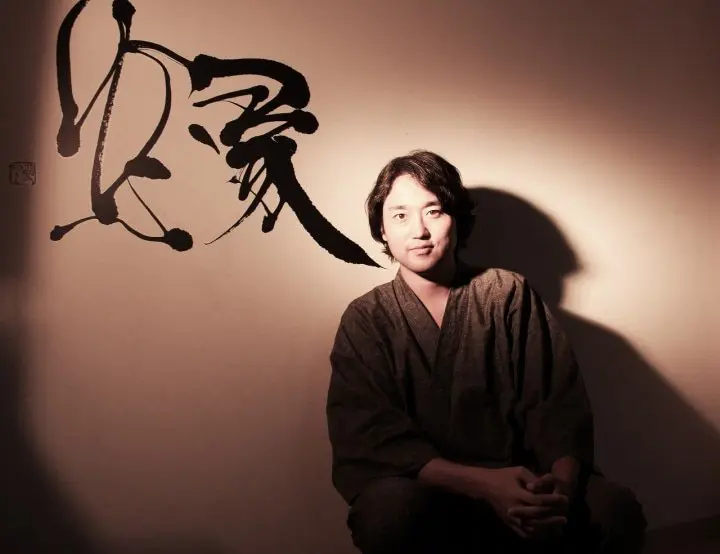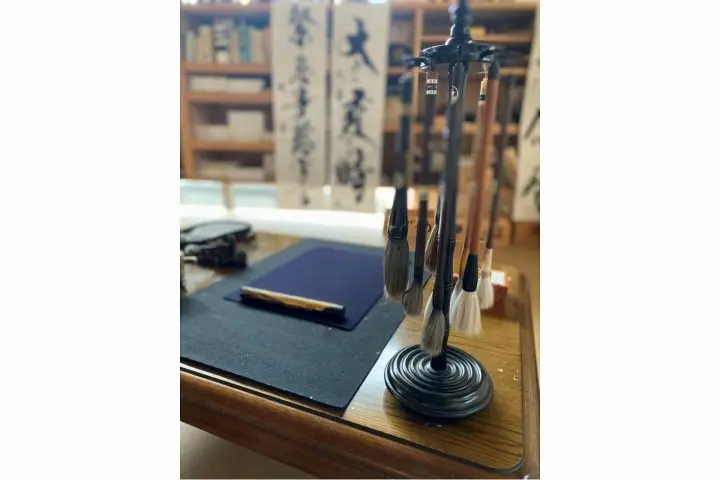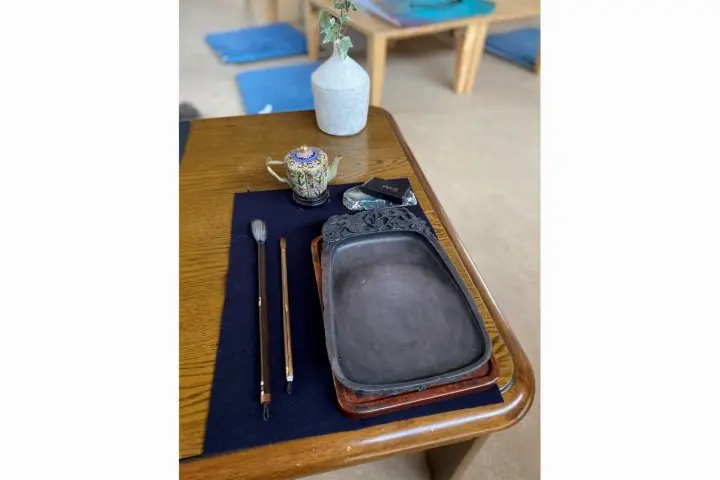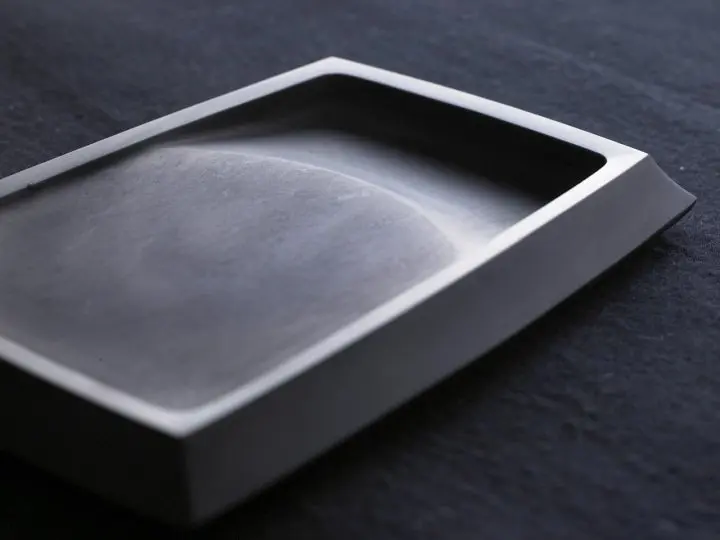Japanese Culture and a Joyful Heart: Calligraphy in the Digital Age

This is a serial essay on Japanese culture written by Souun Takeda, a calligrapher and contemporary artist. His fourth essay talks about managing calligraphy classes in the digital age and how he gradually gained prominence through the process.
Calligrapher and Contemporary Artist Souun Takeda

Picture courtesy of Souun Takeda Office
Souun Takeda is a calligrapher and contemporary artist from Kumamoto Prefecture, born in 1975. After working as a company employee, he started his career as a calligrapher in 2001 and has produced various title cards for TV programs and movies. Currently, he hosts calligraphy workshops and exhibitions around the world.
In this series, Souun talks about the essence of Japanese culture through calligraphy.
Read also
Part 4: Teaching Calligraphy Classes in an Age of Type Fonts

Picture courtesy of Souun Takeda Office
After resigning from my day job, I began teaching a calligraphy class. However, not many students enrolled. At the time, computers were becoming increasingly popular, which allowed people to choose from a wide variety of character fonts.
Many began questioning my plans of becoming a calligrapher in the IT age. Some worried about me transitioning to a field they perceived as old-fashioned and outdated.
My mother also taught calligraphy. Under her careful instruction, I was able to continue my studies from the age of three into adulthood. But for many, calligraphy classes end after graduating from elementary school. The majority of students will not pick up a writing brush for decades.

Picture courtesy of Souun Takeda Office
The advertisements and commercials we see in our daily lives employ stylish fonts. The same goes for restaurant signs and the packaging of various products.
Easy-to-use ballpoint pens are available for those who prefer writing by hand. There is no need to write on a hanshi (standard-size Japanese writing paper) using Indian ink ground with a suzuri (inkstone), as the paper tears easily and the ink tends to become blotchy.
As letters created with beautiful brush strokes seemed to be disappearing from Japanese society, I wanted to support calligraphy—my favorite art—by showing the splendor of handwritten letters.

Picture courtesy of Souun Takeda Office
But there was some good news. Calligraphy continued ranking among the ten most popular subjects to learn year after year.
Despite the various digital character fonts available, many Japanese people hoped to learn how to write skillfully and beautifully. A survey even showed that people expressed interest in finding friends and partners with beautiful handwriting.
As our information-oriented society progresses, some are experiencing restlessness and a short attention span. In contrast, calligraphy classes cultivate calmness and concentration.

Amahata Inkstone. Picture courtesy of Souun Takeda Office
The simple act of making Indian ink using a suzuri inkstone will calm your mind. The ink contains elements from an aromatic tree, which create a relaxing scent.
My first students were a third-grader and a woman in her fifties. I tried various methods, such as using high-quality ink and suzuri in their lessons, playing music while they meditated before picking up a brush, and even held lessons at the beach, tuning into the sound of waves. These unique approaches were incorporated so they could enjoy calligraphy.
My number of students gradually grew as I sent out newsletters on my lessons using social media. Some students who enrolled were not even from nearby areas!
I also received offers to create calligraphy for advertisement posters or framed, decorative works. I felt very blessed at the time.
In my next essay, I will delve into the beauty and allure of calligraphy.
Letters of the Day: Challenge

"Challenge" by Souun Takeda
This calligraphy work translates to "Challenge." The characters represent the anticipation and excitement of solely stepping into the unknown for the first time in your life.
Born in 1975 in Kumamoto. After graduating from the Tokyo University of Science, we worked for NTT, then started his career as a calligrapher. He has produced various title cards for TV programs and movies, including TV series by NHK. In 2020, he held his first individual contemporary art exhibition. Currently, he holds calligraphy workshops and exhibitions all over the world.





























![[Reopening in March 2026] Ikoma Sanjo Amusement Park Park, 45 minutes from Osaka , with free admission](https://resources.matcha-jp.com/resize/720x2000/2024/08/28-194409.webp)
![[Gunma] 5 recommended gourmet foods at Kawaba Denen Plaza Roadside Station!](https://resources.matcha-jp.com/resize/720x2000/2025/02/26-225970.webp)
![[Kanazawa] Enjoy the world of gold leaf to the fullest in the city with the highest production volume in Japan](https://resources.matcha-jp.com/resize/720x2000/2025/11/12-249564.webp)
![[2026] Family Winter Trip to Suzuka Circuit! – For Both Day trips and Overnight Stays!](https://resources.matcha-jp.com/resize/720x2000/2025/12/26-254097.webp)
